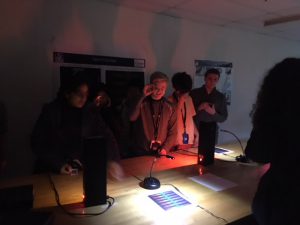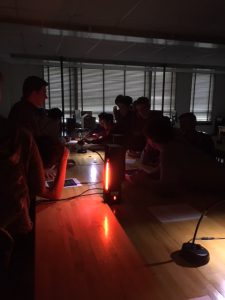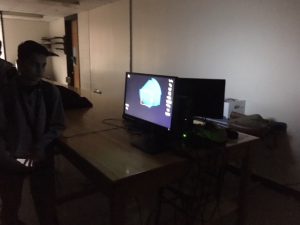This past week the students of Greenhalge Elementary School explored what humans to need in order to live on another planet. Students started out by thinking about what humans need here on Earth and brainstorming different ideas of how that would apply on another planet.
After students thought of everything they could, we came together as a group to make a master list and talk about how those could be replicated somewhere else in Space.
From there, we examined the temperatures of the different planets to see which planet might be the best to live on besides Earth. Students saw just how cold most of the planets are and were shocked to see those temperatures in comparison to the temperatures of ice cubes, hot soup, and candle flames. After seeing how a runaway greenhouse effect on Venus made it so hot (demonstrated with a bottle of water and baking soda), students agreed that the most viable planet to live on in the Solar System beyond Earth would probably be Mars.
Next time we will explore gravity!




